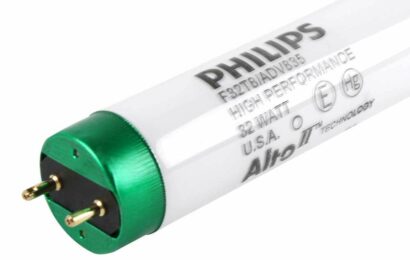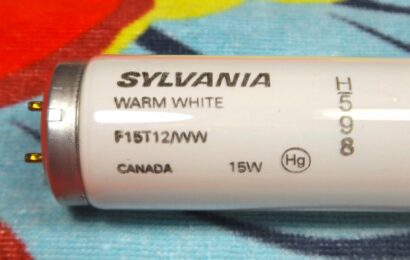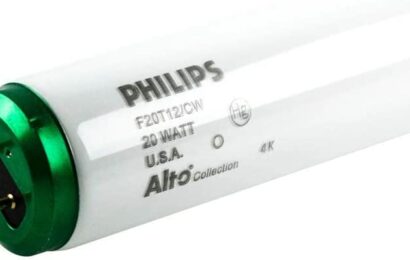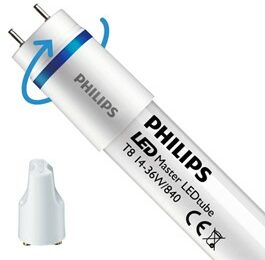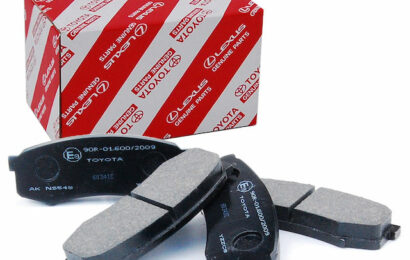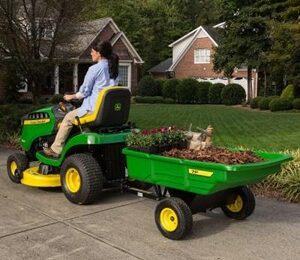Car enthusiasts and long-time drivers would have already known what PRNDIL means, but if you are a newbie to the automotive world, you might wonder what these letters are and why they play a crucial role in driving.
PRNDL or what we pronounce as ‘prindle’, is the abbreviation of the transmission gear selector in automatic cars, which means Park, Reverse, Neutral, Drive, Intermediate, and Low.
The gear selector in an automatic car allows changing gears by moving the shifter up or down. The gear selector in a manual car does not have these buttons, and you need to use your hand to change gears.
This feature is one of the things that automatic cars have that manual cars don’t and one of the things that makes a driver’s life easier.
Fasten your seatbelts and prepare to know more about PRNDIL!
What does PRNDIL mean in a car?
PRNDIL is the transmission gear selector in an automatic car. As stated earlier, this is an abbreviation that engineers use for Park, Reverse, Neutral, Drive, Intermediate, and Low.
Each letter corresponds to a different gear, and you can change gears by moving the shifter up or down.
P= Park
The P stands for Park, and in its most literal term, this is the position that you should put your gear shift in when you park it.
Most cars have a lever or button that you need to press to engage the parking brake, and this is to prevent your vehicle from rolling away when you’re not in it.
Positioning your gear selector on ‘P’ engages in the parking lot. This part essentially locks your transmission into place and prevents the wheels from moving while disengaging the power from the engine.
The rear wheels of the majority of vehicles with electronic parking brakes lock simultaneously with the parking pawl.
For other vehicles, it’s best to apply the emergency brake first before shifting into “P”.
As a general rule of thumb, you should always engage the parking brake whenever you park your car, regardless of whether its on a level surface or not.
R= Reverse
Right below the letter “P”, you will see the letter “R” which means Reverse. As the name suggests, this allows the vehicle to move in reverse.
The reverse gear is usually used when you’re driving on a downhill slope or you want to go back down the street.
It’s also important to note that you can use the reverse gear even if your vehicle is in Drive, but it’s advised that the car should be on full stop before moving the gear shift to R.
N= Neutral
The letter “N” in your gear shift stands for Neutral, which is the position that your car should be in when your vehicle is not moving or in a static place.
When your gear stick is on “N”, your transmission and engine are not connected so the car can move in all directions.
In most cases, you should use Neutral when you’re parked or when you are waiting for the traffic lights to turn green, or when your car is not in gear.
However, keep in mind that you should leave the gear selector in Neutral when driving at a consistent speed so that your vehicle can keep moving forward when the accelerator pedal is pressed.
A car with an automatic transmission will always try to move into first gear when you release the brake pedal, but you can override this by moving the gear selector to “N” while still holding down the brake pedal.
D= Drive
The letter ‘D” stands for Drive, and just like its literal meaning, you shift to D when you’re ready to start driving.
At “D”, your transmission gear will transmit power to your car’s wheels to go faster, and once your engine revolutions per minute get to your vehicle’s desired level, it will continue to shift into a higher gear.
The driving gear will then shift into lower gears when you start to step on the brakes and slow down.
I= Intermediate
The letter “I” on your gear shift stands for Intermediate. With this, you will do more engine breaking- regular disk brake or drum brakes.
Where when you step on the pedal, the gears will engage, and the entire engine of the car will stop.
If you drive on hills and whiny roads, you need your gearbox or automatic transmission to stay in gear longer than usual for whatever reason; you will need to shift to Intermediate.
If you check out your car manual, the main function of the Intermediate gear shift is when you go down elevated roads like hills, mountains, or go uphill.
Putting your car on Intermediate would prevent you from shifting gears from Drive to Park to Reverse excessively. In doing this, you spare your car’s gear from being overused.
L= Low
On the lowest portion of your gear selector, you will find the letter “L”, which stands for Low or Low Gear.
The L gear causes your automatic transmission to put your gear ratio on hold or at its lowest gears to apply the engine brake.
Your car’s speed is limited by this gearbox feature, which reduces your reliance on the brakes.
At “L”, your car’s gear gears will not shift and would remain as is. There is also less fuel to be released into your engine, but your car wouldn’t go as fast.
If you want to accelerate, you need to shift from Low to Drive for your car to move faster.
What does L stand for in automatic gear?
In automatic gear, L stands for Low.
In this mode, this means that your car is on 1st gear, which is the lowest gear ratio in automatic cars.
As previously stated, the Low transmission gear is used for uphill and downhill drives which demands steady and consistent speed.
What does S stand for in automatic gear?
The letter S that you see in your car’s dashboard mainly stands for Sport.
In this transmission mode, more fuel is pumped into your engine than shifting to “D” gear, so the car’s throttle response or the lag between the machine’s acceleration after the gas pedal has been pressed and reached a certain RPM is faster.
What does M stand for in automatic gear?
One of the letters that you might see on your dashboard is the letter M, and this stands for Manual Mode.
Once you select “M”, you can already drive in Manual Mode, so you get to choose your gears without stepping on the clutch.
